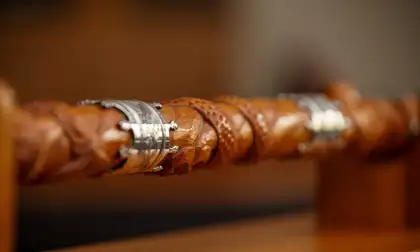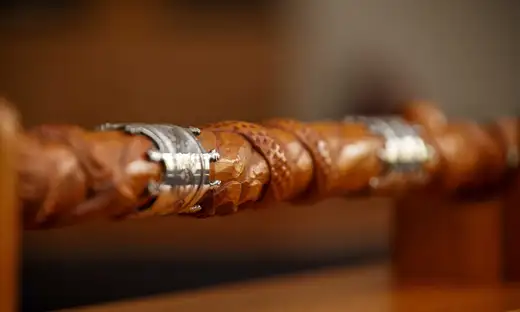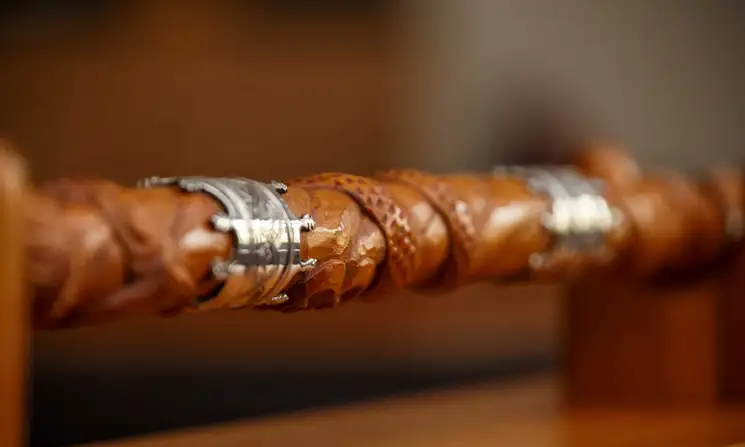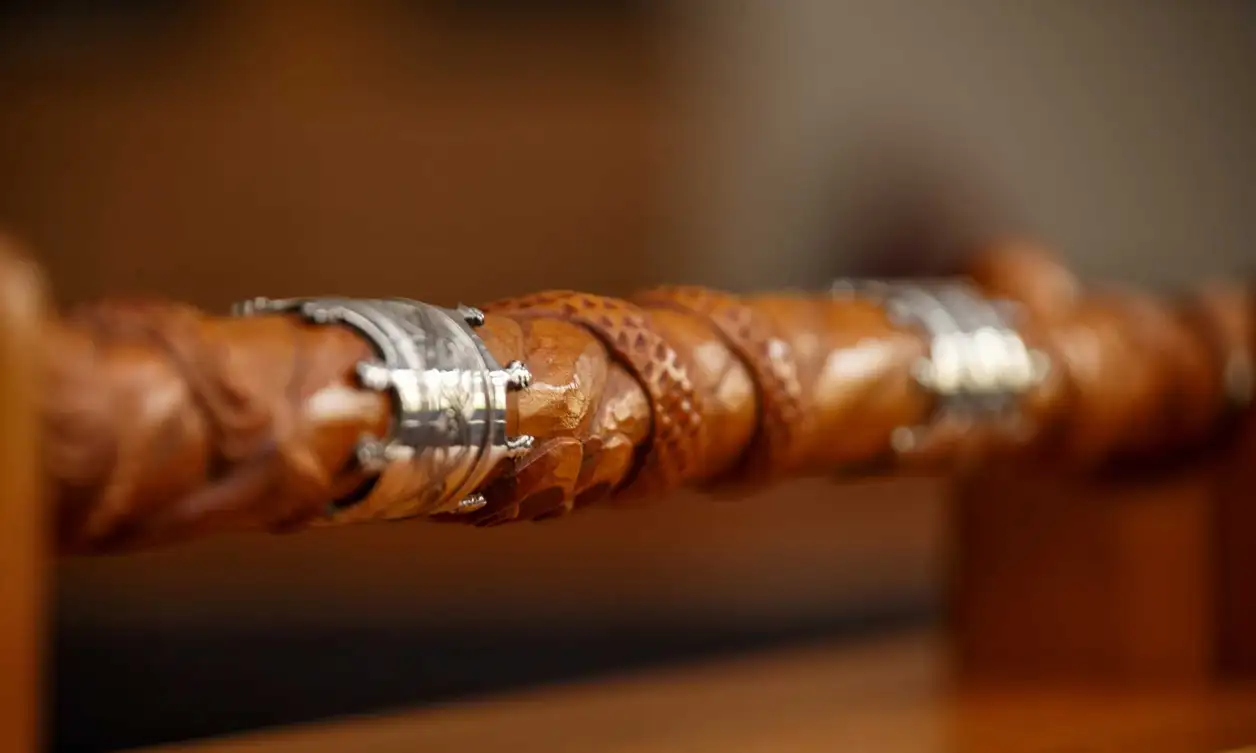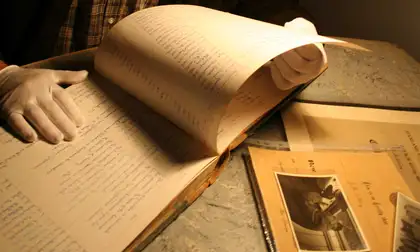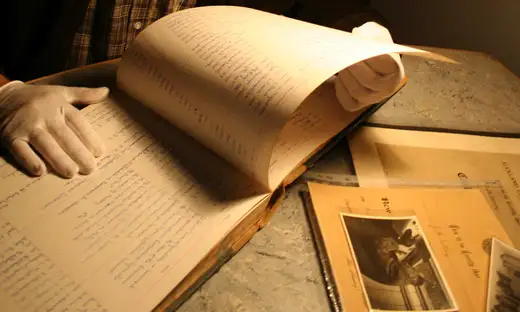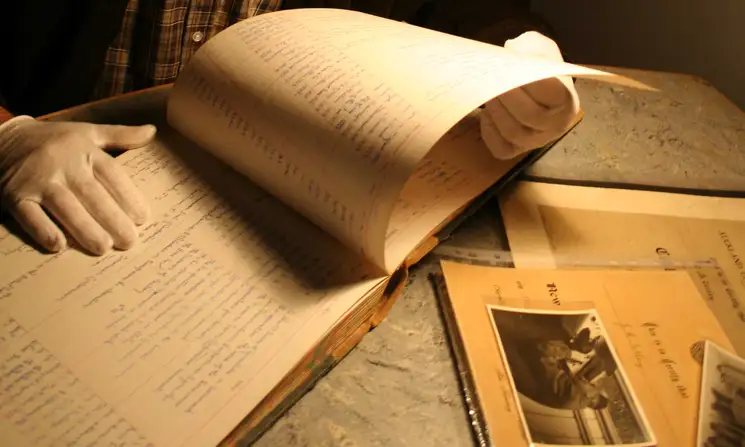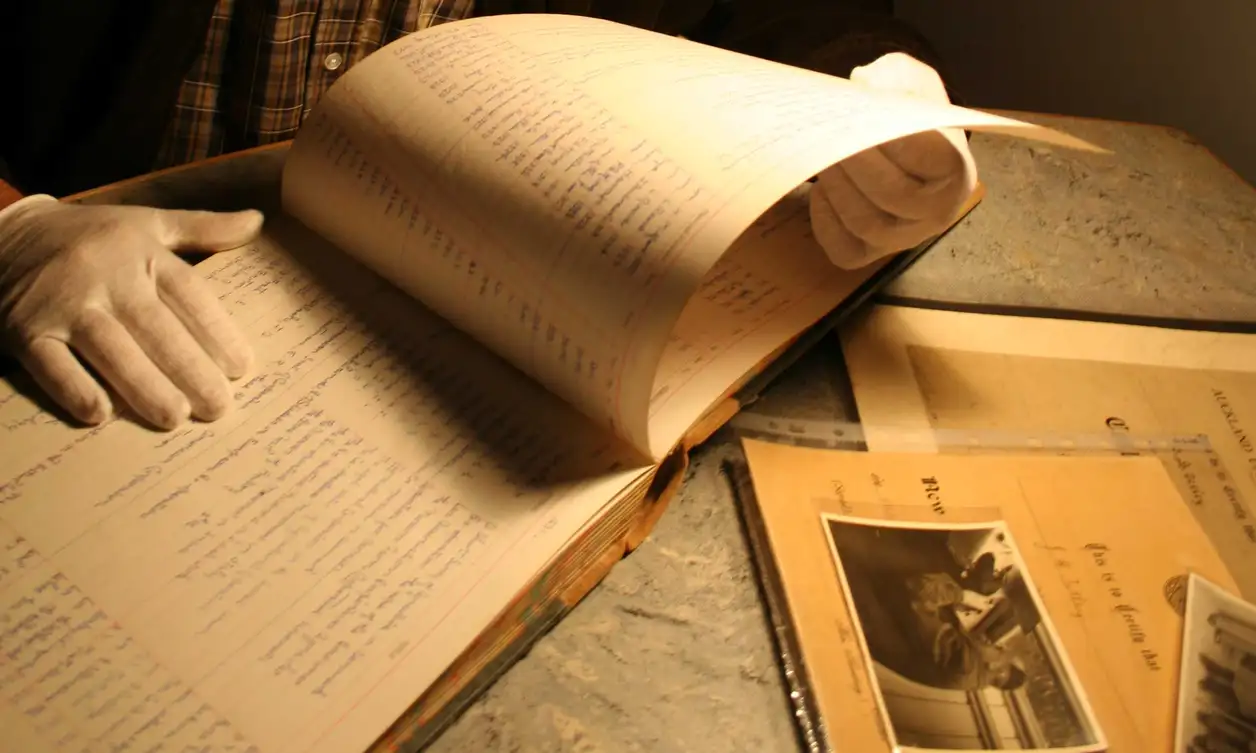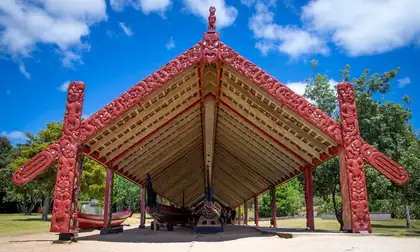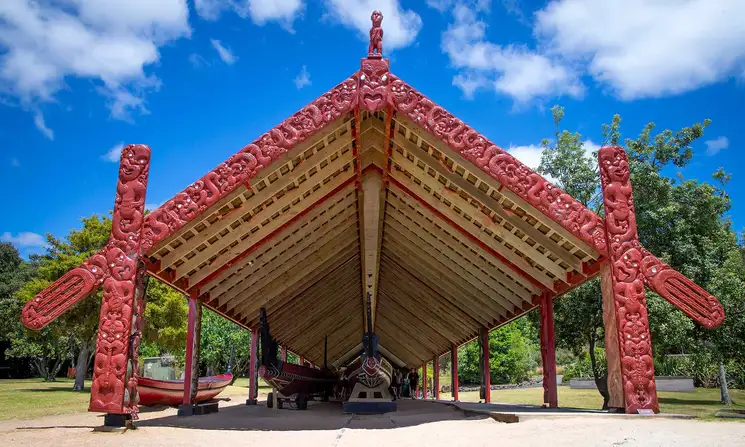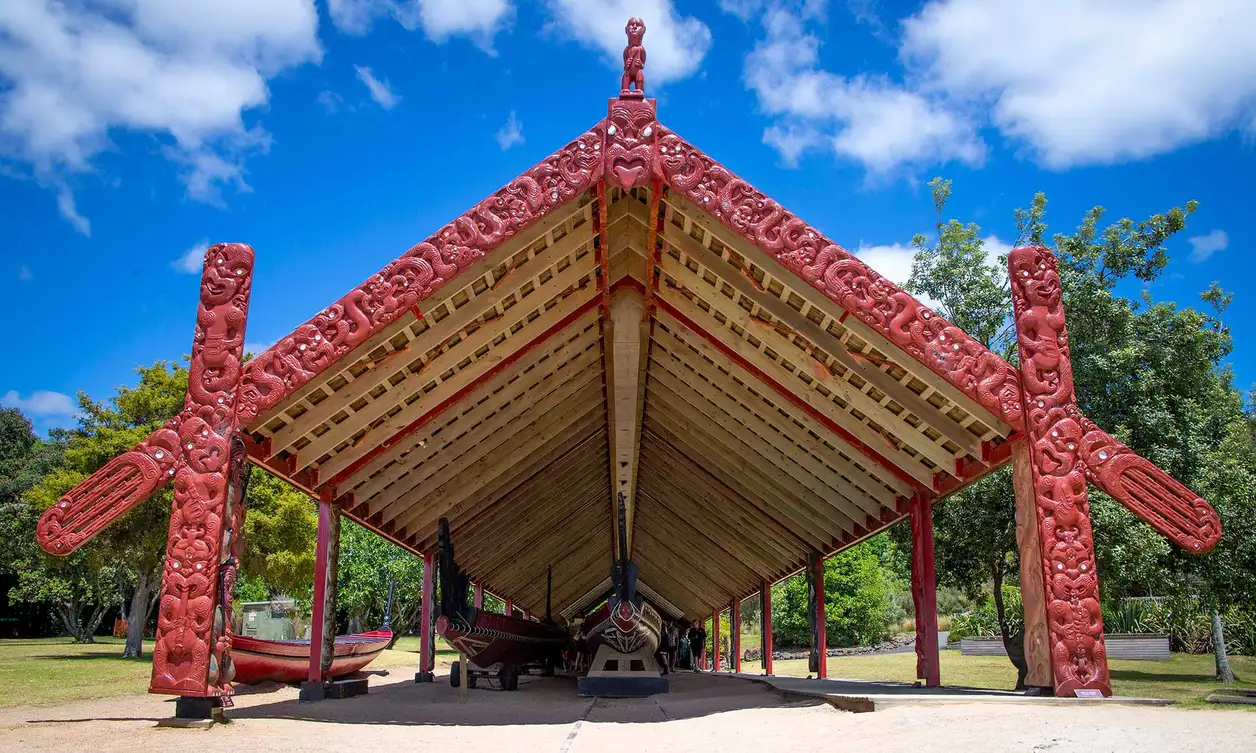On 1 February 1927, the Council for the Agricultural College appointed the Principal and Chair of Agriculture. Geoffrey Peren became the Principal and William Riddet the Chair in Agriculture and director of the Dairy Research Institute.

Developing agricultural degree courses
Riddet set up the degree and diploma courses in general agriculture and dairy farming. The courses taught agriculture as an integrated whole, rather than a collection of science subjects. The courses also included practical farming and factory experience.
Riddet also promoted research as a way of solving problems within the dairy industry. The Massey farms tested new practices and equipment like artificial breeding, overhead irrigation, the herringbone shed, and the electric fence.
Preparing for the first intake of students in 1928
In total the College had 20 staff. The staff began preparing in August 1927 for the first intake of students in March 1928.
In Massey’s first year, eight students enrolled on the first day, with 85 students enrolling overall. The following year, the number of students more than doubled at 175. Courses were open to women, but the first women students didn’t enrol for another four years.
Massey Agricultural College opened
The Minister of Agriculture, Oswald James Hawken, formally opened the Massey Agricultural College on 20 March 1928.
The speeches at the opening discussed the advantages of coordinating science with practical experience. The Mayor of Palmerston North hoped that Massey would in time help make Palmerston North become the "Cambridge of New Zealand".
Developing the Agricultural College into a multi-faculty university was also mentioned. This development, it was hoped, would reap the benefits of both the arts and sciences and produce well-balanced individuals.
Massey during the Great Depression and World War Two
During the Great Depression (1929–1933), Massey had a drastic cut in funding. Despite the funding cut, Massey increased its land area and added new teaching, research and accommodation facilities.
During World War Two (1939–1945) the Principal, many of the staff and most of the students were drawn into the army or related activities. Towards the end of the war, the College introduced rehabilitation courses for returning servicemen.
Student association beginnings
The Massey University Students' Association was founded soon after the opening of the College in March 1928. Sports and cultural clubs grew from 1929 onwards.
In 1930 the Students' Association adopted the ramshead – based on a model of an old Egyptian fresco – as their official symbol. The College also introduced an official haka.
Bleat and Chaff
In 1931 the Students' Association published the first issue of their yearly magazine Bleat. The first issue of Chaff, the student paper, was published in 1934 and the paper was published until 2011.
First capping parade, magazine, and revue
Massey's first capping parade, Procesh, took place in 1935. The tradition of collecting for charity became part of the procession in the years that followed. In 1938, the capping magazine Masskerade was first published and sold to raise money for charity. This year saw the first capping revue.
Early sporting activities at the New Zealand University Games
Massey athletes competed at Tourney, the New Zealand University Games, for the first time under the Massey name in 1938.
Massey won the shield at the New Zealand University Games for the first time in 1985.
The first student-run radio station
Massey had the first commercial student-run radio station in New Zealand. Masskeradio received its commercial radio licence in 1980. Over the years, the station changed its name to Radio Massey, 2XM, and more recently to Radio Control.
Women at Massey University
Women had always been allowed to enrol at Massey, but it was four years after opening that the first woman enrolled, to do a poultry farming diploma. Massey's first woman graduate was Elsie Gertrude Thorpe, who was awarded a Bachelor of Agricultural Science degree in 1941.
The college introduced courses in horticulture in 1944 because of the demand to educate women in agricultural subjects. At this time, Massey was still the only agricultural college in New Zealand to accept female students.
Craiglockhart, acquired in 1944 with funds from the Mrs M N Moginie bequest, became the first hostel for women students at the College.
The first woman lecturer at Massey Agricultural College, appointed in 1928, was Agnes Crawford from Scotland. She was an assistant lecturer in dairying and 'fancy cheese making'. The next was botanist, Ella Campbell, with a masterate from the University of Otago, who was needed to support the courses in horticulture. She was appointed in during World War Two and played an active role in the social life of the College, including starting and coaching women's hockey.
Timeline of Massey's foundation years
1927
First council meeting
The first meeting of the Council of the new Agricultural College took place on 1 February.
Dairy Research Institute
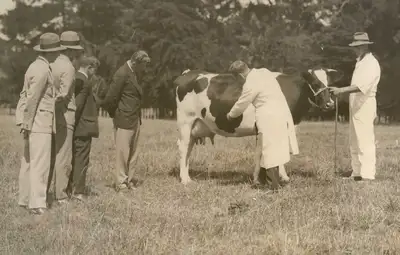
The Dairy Research Institute was associated with the College in April.
Acting Principal appointed
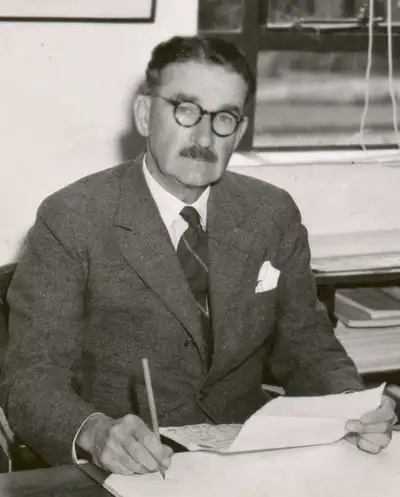
Professor Geoffrey Peren was appointed by the College Council as acting Principal of the new College on 7 July. On 7 February 1928 he was confirmed as Principal.
Massey Agricultural College Act
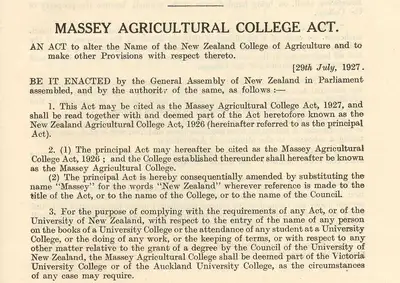
The Massey Agricultural College Act was passed on 29 July, renaming the New Zealand Agricultural College in honour of the previous Prime Minister, William Ferguson Massey. As a constituent College of the University of New Zealand (UNZ), degrees were to be awarded by UNZ. The College Council could grant diplomas in Agricultural Science.
1928
First intake of students
In preparation for the 1928 intake of students, between August and December the Batchelar house was converted for administration and teaching purposes and outfitted with makeshift laboratories and lecture rooms.
First prospectus
The first Prospectus and the first Calendar were published in February.
McHardy property
Palmerston North Borough Council finally purchased the McHardy property on 1 March.
First academic year
The College's first academic year started on 2 March, with eight students enrolling on the first day. With a staff of 20 the College saw a total of 85 students enrolled for various degree, diploma and shorter certificate courses during 1928. The number of students more than doubled in 1929 when the student roll reached 175. Although women students were allowed to enrol for any course right from the start, the first four years would only see men enrolling at the College. The College awarded its first certificates in the course of 1928.
Massey Agricultural College opened
Massey Agricultural College was formally opened on 20 March.
Land transfer
Palmerston North City Council agreed to transfer 21 acres of the McHardy property to the Crown for College purposes on 2 April.
Dairy Factory
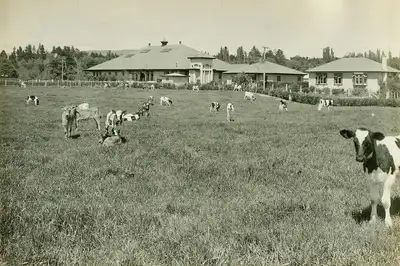
The Dairy Factory was completed between October and December.
McHardy homestead divided
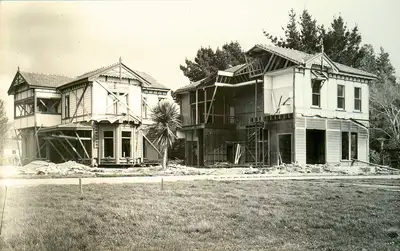
The McHardy homestead was divided in half from September 1928 to January 1929. One part was to be used for the Principal's residence while the other part was used for temporary teaching purposes.
1929
Great Depression
During the Great Depression from 1929 to 1933, Massey experienced a drastic cut of its funds which stunted the College's growth for a number of years.
1930
Refectory
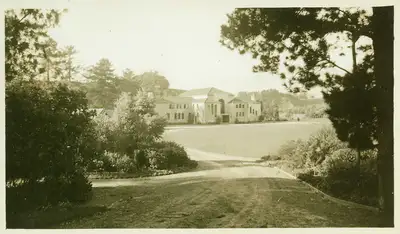
The Refectory was completed in May.
First diplomas and degrees
The first diplomas were awarded to students in December. The first degree students completed their courses at Massey Agricultural College.
1931
First graduation
The first graduation ceremony took place on 30 April.
Main building opened
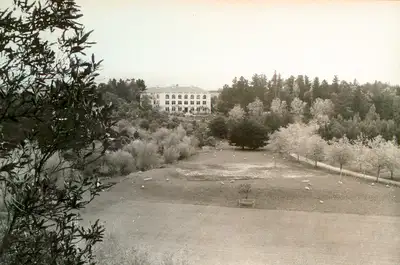
The Main Building was officially opened by the Governor General, Lord Bledisloe. The architect was Roy A. Lippincott, who also designed the Refectory, the Dairy Factory Building and a number of the College's farm cottages.
1932
First female enrolment
The first woman student officially enrolled at Massey on 4 January. She followed a course in Poultry Farming.
1934
Pahiatua Block Purchased
The Pahiatua block, which had been leased since 1928, was purchased by the College between 1934 and 1937 to extend its farmlands.
Chaff
The first issue of Chaff, the student newspaper, saw the light in March. It was published until 2011.
Blues Award
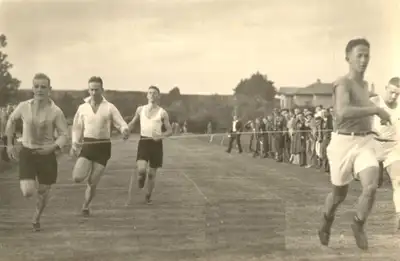
Blues, a sports award, was inaugurated by Massey students in July.
1935
Swimming Baths
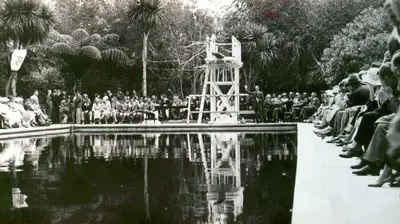
The Swimming Baths were officially opened. It had been built by students as practical work for the Farm Practical course.
Procesh
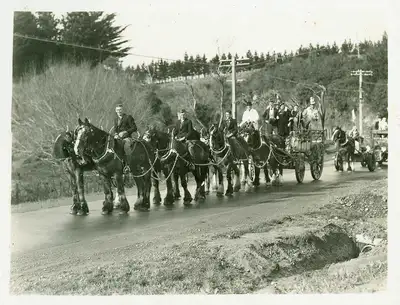
Procesh, Massey's capping parade, first took place in June. In the years to follow, the tradition of collecting for charity became part of the procession.
1937
School of Agriculture
On 8 December, the New Zealand School of Agriculture was created constituting of Massey Agricultural College and Canterbury Agricultural College at Lincoln.
1938
University Games
Massey athletes competed for the first time under the Massey name at Tourney, the New Zealand University Games, in March.
Masskerade
Masskerade, the capping magazine sold during capping to raise money for charity, was first published in May.
Capping Review
The first Capping Revue was held on 15 June.
Tuapaka Farm Leased
Tuapaka Farm, a 1,050-acre property near Aokautere, was leased from the Hannah Estate in July.
1939
World War Two
World War 2 hampered the growth of the College, drawing away the Principal, many of the staff and most of the students into the army or top priority production activities. During the War the College directed its research activities towards the war effort and the Army Staff College used the Massey College Hostel for quartering their officers. Towards the end of the War the College introduced a number of rehabilitation courses for returning service men. The effect of the hard times brought about by the Great Depression and World War 2, was that Massey remained a very small institution and was only able to develop into a multi-faculty university many years later.
1941
Massey's first woman to graduate
After completing her degree course in December 1940, Elsie Gertrude Thorpe graduated in June 1941 with a Bachelor of Agricultural Science degree as Massey's first woman graduate.
1944
Horticulture courses
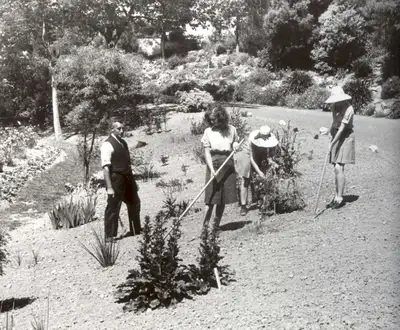
Courses in Horticulture were introduced in January. This served the growing need for education of girls in agricultural subjects - at that time Massey was still the only Agricultural College in New Zealand to accept female students.
First hostel for women students
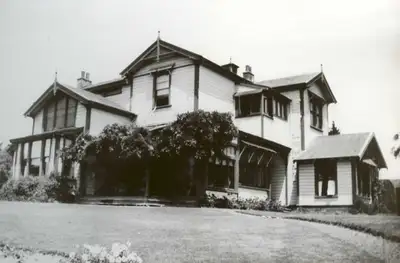
A six-acre property of C.J. Monro, including the Monro homestead Craiglockhart, was purchased with money from the Mrs M.N. Moginie bequest. The homestead was set up as the College's first hostel for women students in February.
McHardy Hall
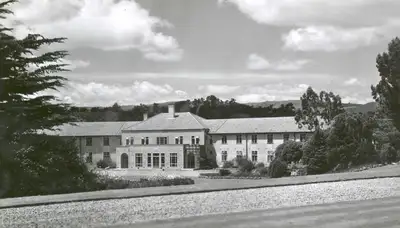
The College took over the dormitory block now McHardy hall, built by the Army on campus, in March.
1945
First woman academic
Ella Campbell was appointed as the first female academic staff member at Massey Agricultural College.
